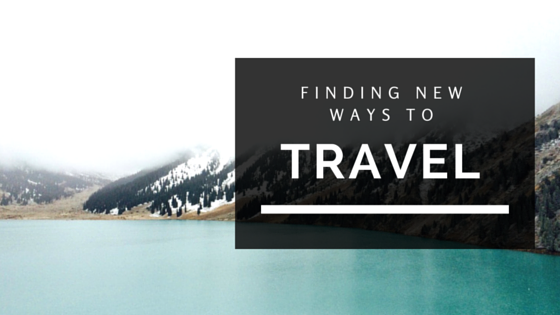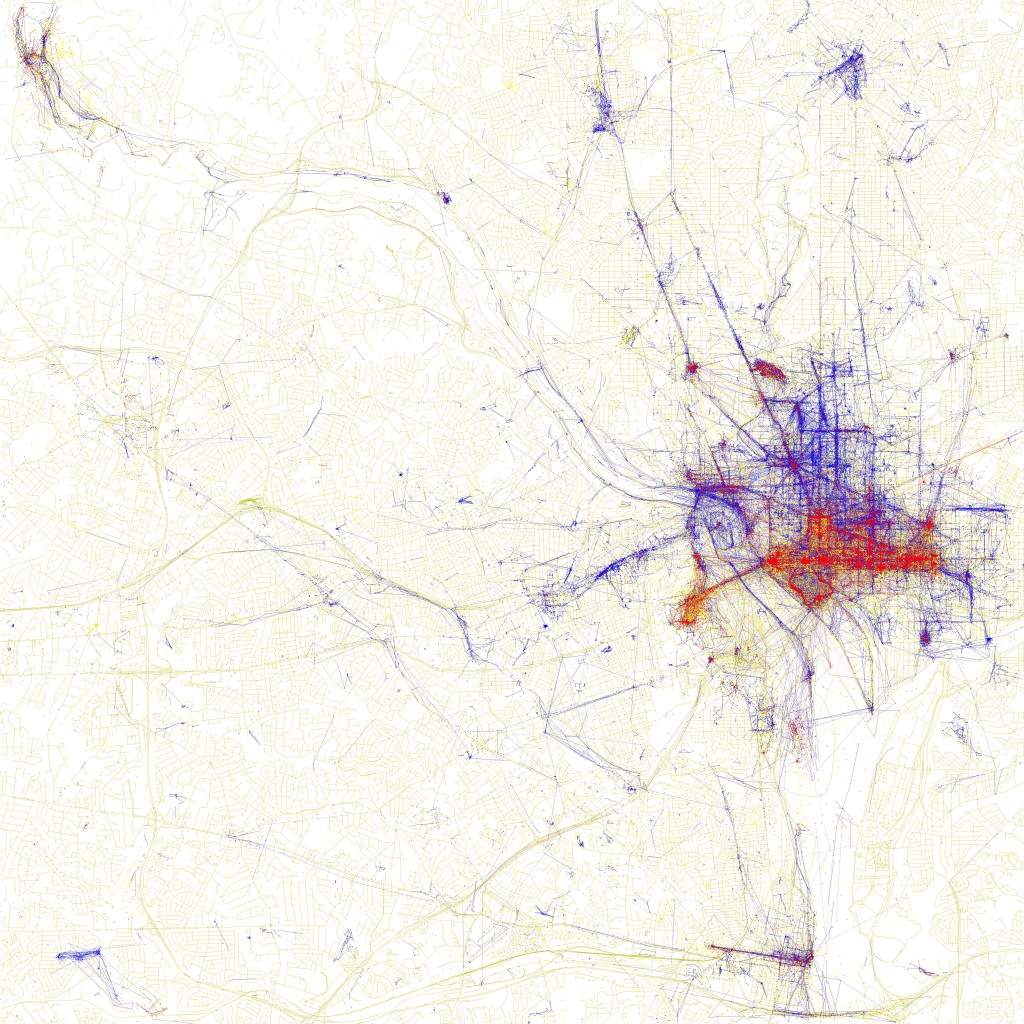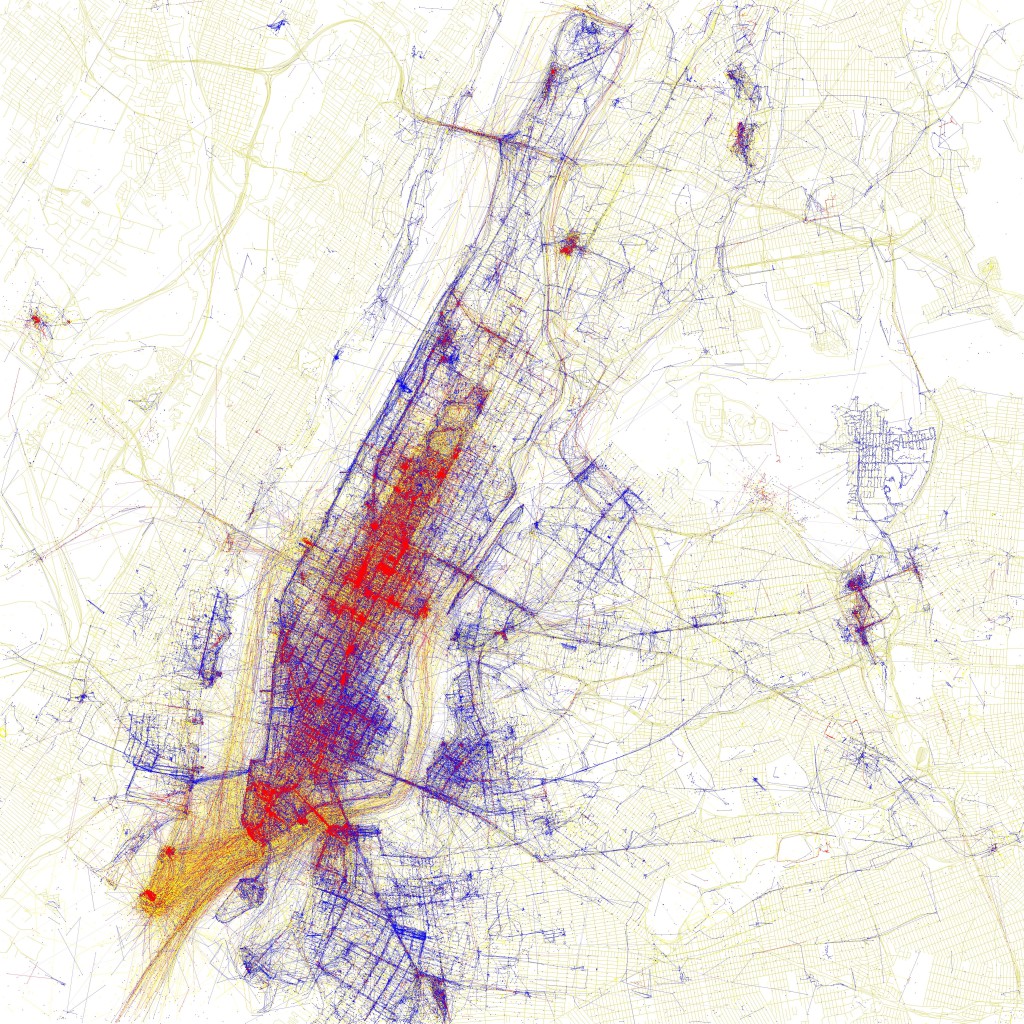Over the past decade, the travel industry has exploded in new ways to provide resources and help for tourists. As an avid traveler myself, I love using the new technology to book flights or catch a car to the airport. But at times the sheer amount of apps and reviews can feel overwhelming. How do we sift through these resources to find our preferred way to wander through new spaces?
Traditional Methods
Before the internet, people turned to maps, brochures, and travel agencies when planning their vacation. While these methods provided basic information, they were, and still are, unable to give the traveler anything beyond a destination’s most popular places. What happened after the internet took off? First, more people were able to advertise their restaurants, hotels, hotspots. Sites like Expedia and Travelocity now provide travelers with thousands of options. Travelers, too, are now able to review each spot. Did you find the hotel accommodations suitable? Did the food deserve its accolades at that great 5-star restaurant in Brooklyn? Platforms like Yelp offer hundreds of positive and negative reviews, making it much simpler for tourists to decide what Thai restaurant they’d like to try, and which eatery they should avoid.
Today, there’s an entire industry dedicated to helping tourists navigate each step of their trip. Want to reserve your spot in line at the Eiffel Tower? Need a quick ride to the airport, but dislike cab rides? Tourists have hundreds of resources at their fingertips, making the process and experience of traveling safer and more enjoyable. But where can travelers, like myself, turn when they want to experience a site’s local character?
A New Way
Meet Eric Fischer. For years, I’ve followed the innovative programmer’s projects, involving visual maps that give a unique insight on who’s visiting different parts of the city. Fischer’s goal? Illustrate what areas are most frequented by tourists compared to what areas locals are visiting. To do this, Fischer compiled thousands of photos uploaded by users on Flikr and Picasa. He was able to differentiate the photos taken by tourists and those taken by locals. Check out a few of his maps below. As you can see, the areas are quite polarized. Tourists are visiting the same areas. Locals are hanging out in completely different spots! While there’s nothing wrong with hitting the popular spots, I’m interested in something more.
Fischer’s concept provides a deeper level of traveling support for those who are interested in forgoing the tourist traps. Why would a traveler be interested in this? Personally, I equate traveling to more than a getaway. I love to find the inner-workings of a city–discovering small cafés, hidden bookstores. But finding those types of places often takes years living and working in that place. While moving to a new city each year is a fine goal, there may be another option. Why not utilize Fischer’s maps? Toss aside the Yelp reviews and explore the areas that locals are visiting. These spots are popular for a reason.
I’ve spent years employing Eric’s maps as guides when I travel. It’s led me to discover phenomenal eateries and shops. I’ve met inspiring people who live and call the place home. For me, this is the ultimate way to travel. As long as Eric Fischer continues to provide these exciting insights, I’ll continue exploring those less-than-popular places.



